Affiliate links on Android Authority may earn us a commission. Learn more.
Digital piracy is here to stay
Published onApril 3, 2022
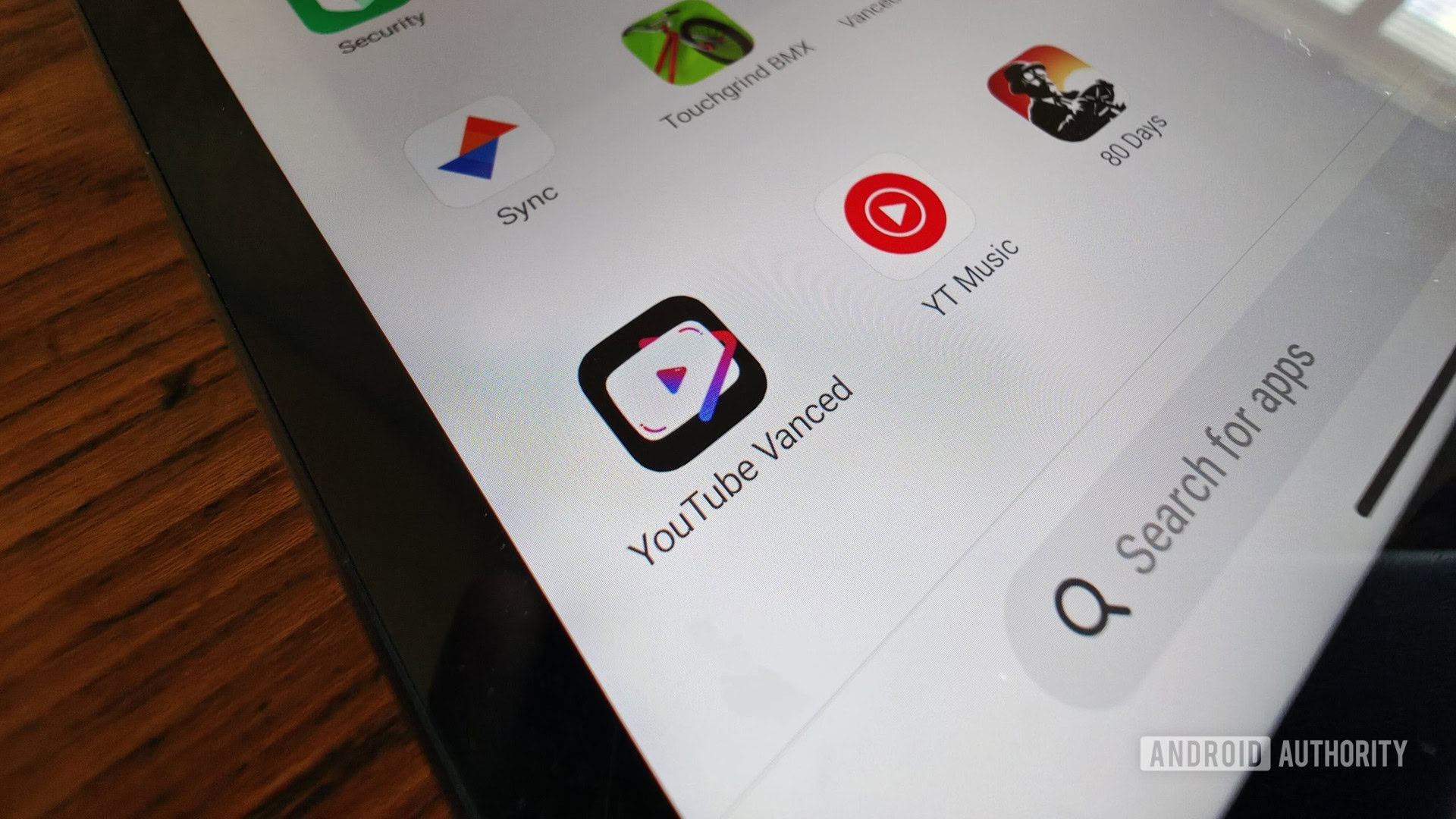
Ask yourself this question: “Am I a pirate?” In other words, have you engaged in content piracy recently? If you don’t think so because you haven’t fired up a BitTorrent client or visited a piracy-focused website in a long time, you might want to think again.
Downloading torrents isn’t the only way to pirate content. Have you ever used someone else’s Netflix account? That is piracy since you are consuming content for which you would otherwise need to pay. The person who made their account freely available is also facilitating piracy.
Although it’s being abandoned now, YouTube Vanced was a way to pirate an experience that would usually cost you money. Popcorn Time, gone now too, was another insanely popular way to stream paid content for free — but also piracy.
Over the past few years, the lines have blurred between those who pirate and those who don’t. But one thing is for certain: After a long decline in piracy across the globe, the act of consuming content you didn’t pay for is on the rise once again. This time, it might be here to stay.
See also: The best video streaming services
The rise and fall of piracy
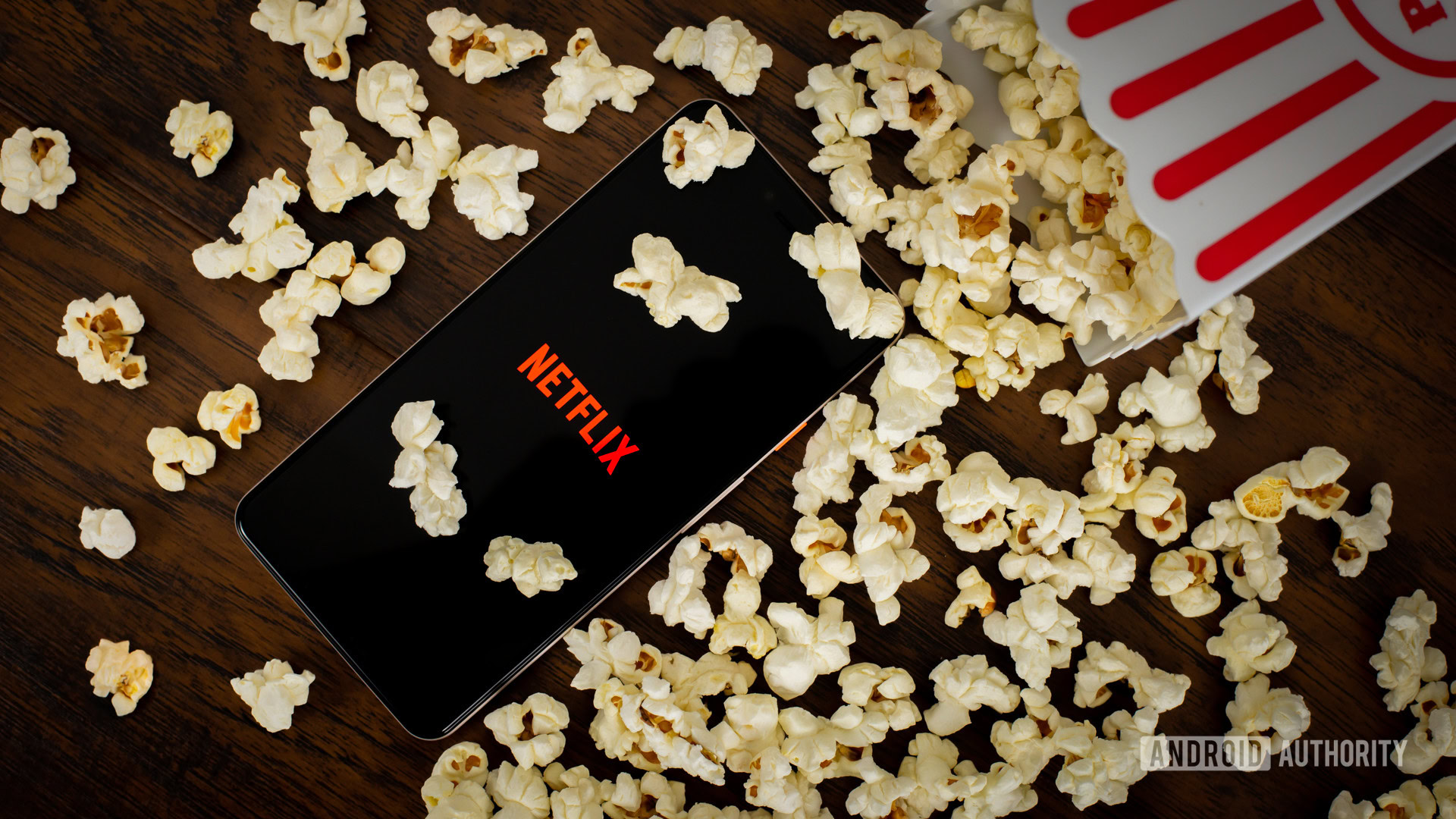
In the beginnings of internet piracy, things revolved mostly around MP3 sharing through services such as Napster and Limewire. These services made it far easier to pirate music than to visit a store and buy a physical recording. The practice of obtaining music illegally ran rampant on college campuses around this time. In the words of Stephen Witt in his book How Music Got Free:
Music piracy became to the late 90s what drug experimentation was to the late 60s: a generation-wide flouting of both social norms and the existing body of law, with little thought of consequences.
Over the years, file-sharing moved beyond music to incorporate TV shows, movies, video games, computer software, books, and more. In 1998, the United States government passed the Digital Millenium Copyright Act (DMCA). Meant to combat piracy, it gave legal entities the teeth needed to fight digital pirates while simultaneously preventing content providers from being held liable for copyright infringements by their users.
Unfortunately, this didn’t work well in preventing the problem. It made it easier to prosecute pirates, but outside of some high-profile cases, most pirates didn’t fear the DMCA. Piracy continued to rise.
Related reading: The best free music download sites that are legal
Then, an interesting thing happened: Netflix. In 2007, the company started streaming select pieces of video content over the internet, which gave users a way to consume movies and TV shows instantly for a single monthly fee. Netflix’s success in this arena gave birth to multiple other video streaming services, including Amazon Prime Video, Hulu, and more recently Disney Plus and Apple TV Plus.
Trying to stop pirates with the law didn't fix the problem. Giving people low-cost, easy, and legal ways to consume content did.
Likewise, Spotify, Pandora, and Deezer gave users access to millions of hours of popular music. Today, we also have services like Xbox Game Pass Ultimate, which acts as a “Netflix of video games.”
In other words, trying to stop pirates with the law didn’t fix the problem. Giving people low-cost ways to easily consume content legally did. Although piracy has never gone away, it did start declining year-over-year.
Trying to keep piracy in check
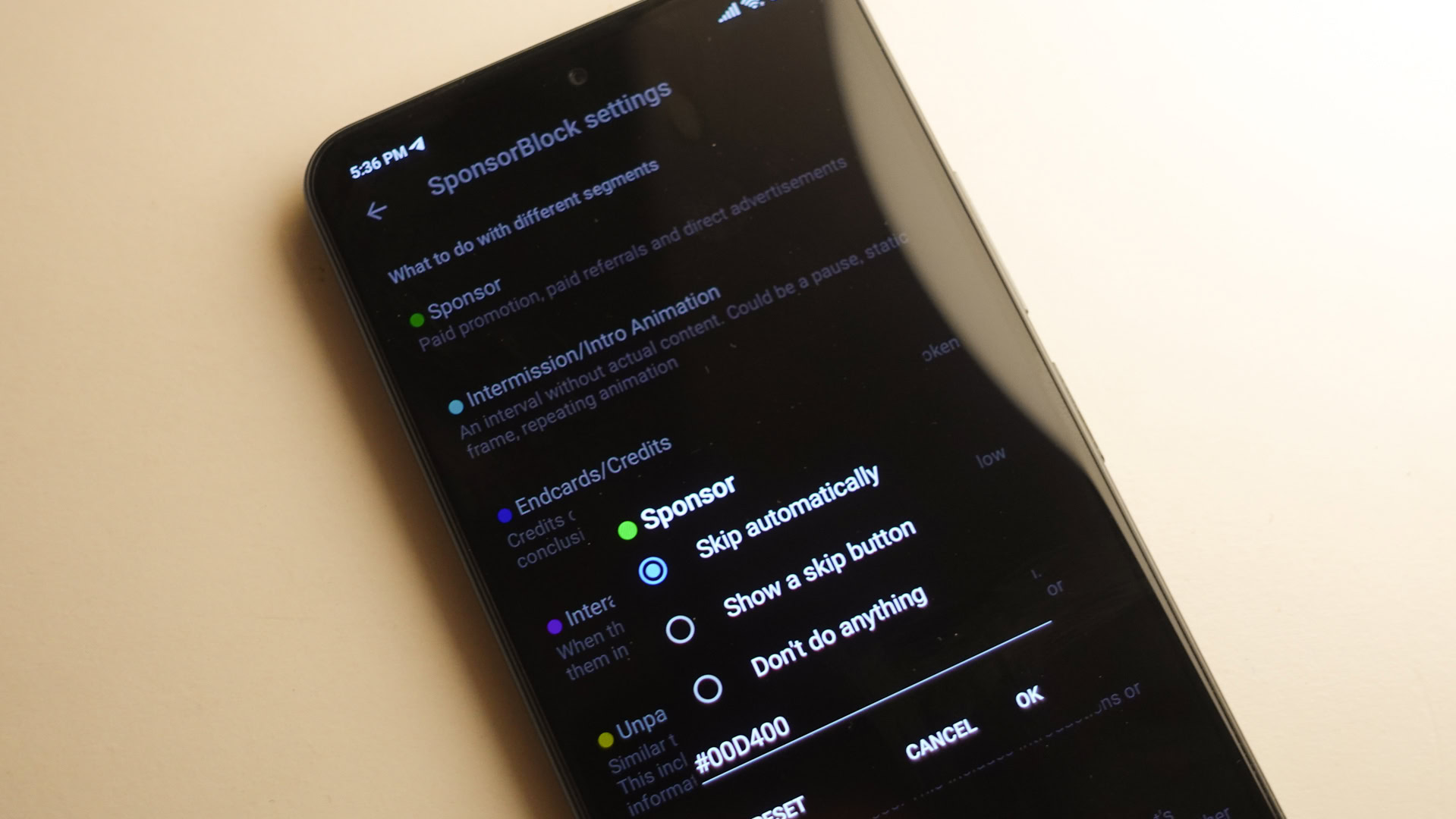
Although streaming services helped to slow piracy, they weren’t a magic bullet. Piracy waxes and wanes depending on various factors. For example, an economic downturn usually results in higher levels of piracy simply because people can’t afford services anymore. Location-blocked content also creates a vacuum in which piracy can proliferate. After all, if you can’t legally get content because of where you live, you’re inevitably going to figure out a way around that restriction.
However, the big daddy of them all is the COVID-19 pandemic, which caused a major uptick in piracy. With lockdowns around the world trapping millions of people in their homes, the ability to consume entertainment became a fervent need. Whether through password sharing, illegal streaming, or even old-fashioned torrenting, people seemed ready to break the law to keep themselves from going stir crazy. Since 2020, piracy has re-gained a ton of steam.
The COVID-19 pandemic and stagnant economy contributed to increased rates of piracy, and companies were prepared to fight it.
Of course, content providers aren’t about to let this go unchecked. Two recent anti-piracy changes came from Google and Netflix. Google recently forced the shut down of popular piracy tool YouTube Vanced, which provided several features one would usually get through subscribing to YouTube Premium. Meanwhile, Netflix is testing a monthly fee for users who share their accounts with others. The company hopes this fee will push password sharers to revoke access and thus, in turn, push shared users to start their own paid subscriptions.
In these two cases, the measures would seem to be good ideas. After all, if you weren’t using Vanced for pirating and don’t share your Netflix password, nothing changes for you. It’s only the pirates that face problems, right?
The problem is that these efforts don’t benefit users in any way. Remember that deterrents against piracy don’t work nearly as well as giving users easy access to reasonably priced content. As long as companies use the carrot instead of the stick approach, piracy should drop on its own.
However, it appears streaming companies don’t understand that.
Raising prices, shutting out users

Along with the financial penalty against password sharing, Netflix has also recently raised prices across the board. Of course, the company says these increases are due to the expenses involved in creating all its original content. But there’s no question that price hikes lead to churn (users dropping subscriptions for rivals) and, in some cases, adopting piracy.
Amazon raised the price of a Prime membership recently, too. The price of Hulu with Live TV went up in 2021, even though it does come with Disney Plus and ESPN Plus incorporated now. Spotify increased subscription costs in 2021 as well. It seems most of the major streaming platforms saw the COVID-19 jump in media consumption as the perfect opportunity to raise prices and rake in profits.
See also: The best live streaming TV services
Price hikes aren’t the only thing companies have been doing that could push users to piracy. Anime streaming platform Crunchyroll recently took away its ad-supported plan for new and continuing series. Before this change, anyone could watch pretty much any content on Crunchyroll for free if they didn’t mind viewing ads. Now, though, this service only works for shows that are no longer in production.
These changes don’t make streaming services more appealing than piracy. When you combine them with regional restrictions, streaming device limits, blocked downloads, and other common aspects of streaming subscriptions, you start to understand why someone might simply find piracy to be easier.
And we haven’t even touched on the biggest issue pushing users towards piracy.
Streaming fatigue is real
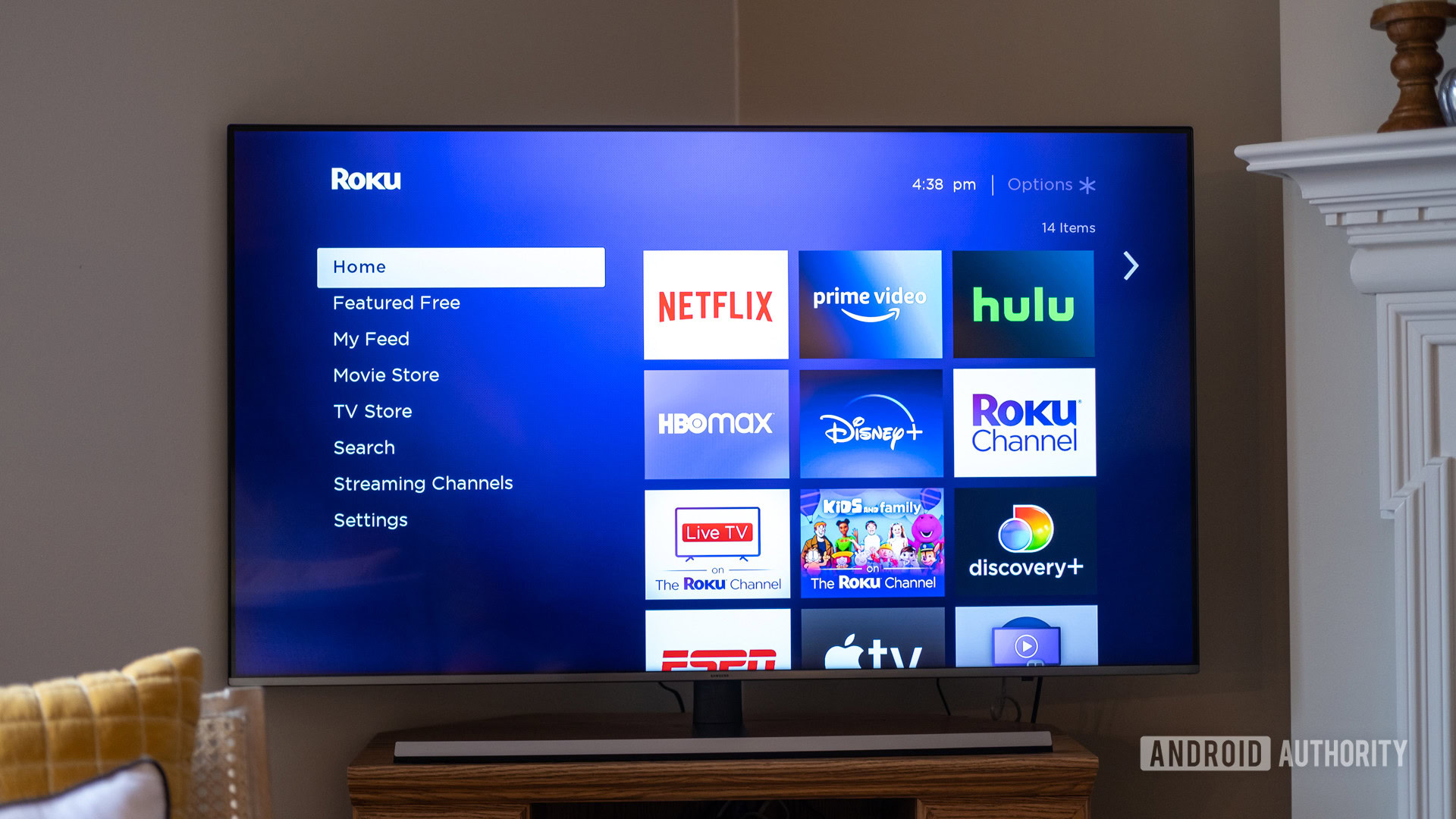
In 2007, the only major player for streaming movies and TV was Netflix. A lot has changed since then. Now, there isn’t a media company around that doesn’t offer some sort of subscription-based service.
This creates an overwhelming situation for most people. For example, a person who enjoys the TV show The Office would need a Peacock subscription to watch it. That person would almost certainly also enjoy a show like Ted Lasso, which requires an Apple TV Plus subscription. The Good Place is another show they would probably love, and that requires a Netflix subscription. That’s three different subscriptions to watch just three very popular shows.
Today, to watch three incredibly popular shows, you could need three different subscriptions.
The situation becomes even direr when you take into account that one of those streaming services might not offer much else of interest to this person, which means they’d need to pay a subscription fee just to watch one program.
For most people, that’s untenable. They’re going to need to choose between not watching all those shows or piracy — and some will choose piracy.
Related: The best new TV shows to stream on Netflix, Hulu, and more
Sports programming is even more complicated. My colleague Rita El Khoury just moved to France, and she discovered that to watch every game her two favorite football teams play (soccer for us Americans), she would need to subscribe to five different services. That’s just for football. If she wanted to throw in tennis, basketball, American football, or other sports, she would need a few extra subscriptions. It’s madness.
Obviously, each streaming platform hopes that its specific content will be strong enough that people won’t mind adding it to the pile. That makes sense when there are three or four players. But today, even when you take away sports platforms, there are no fewer than a dozen major streaming services — and there are more coming. Inevitably, what’s going to happen here for a lot of people is that they will subscribe to a handful of services that offer the most value and then pirate the content from others.
Companies are making piracy the most enticing option
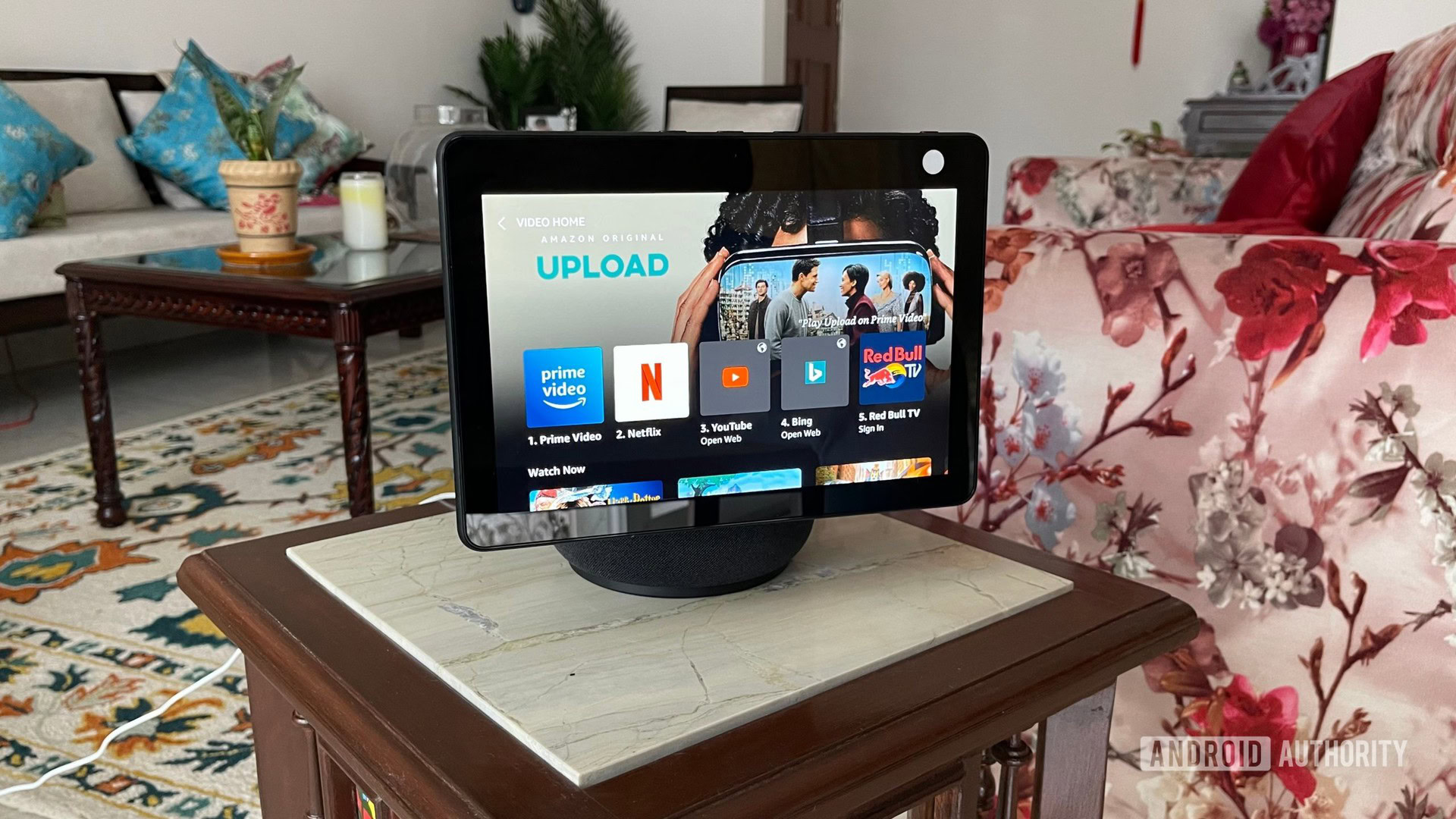
Famously, Gabe Newell — the co-founder and current president of Valve, which runs the Steam game platform — had this to say about piracy:
The easiest way to stop piracy is not by putting anti-piracy technology to work. It’s by giving those people a service that’s better than what they’re receiving from the pirates.
Today, the world of movie and TV streaming is failing to deliver on what Newell describes.
Originally, streaming services were the advent of cord-cutting, i.e. the termination of a traditional cable subscription to rely solely on internet-based streaming. The reason consumers flocked to streaming was that cable was too expensive and forced them to pay for channels and services they didn’t care about.
Now, instead of being the solution to that problem, streaming services are simply bringing the same problem back. Companies expect people to pay handsomely each month to gain access to the content they want, even though the rest of the content on the platform is uninteresting to them.
Unlike traditional cable, however, it’s very easy to turn to piracy in place of internet streaming. Unless streaming services can get back to giving the consumer exactly what they want at prices they can afford, piracy is never going to be the least attractive option. Piracy will be here to stay.